Visitors to RHS Garden Wisley, the horticultural charity's flagship garden, have long admired the large Arts & Crafts style, Grade II listed building at the entrance to the gardens. Who has been lucky enough to live there? Were the gardens once part of a grand estate? Since the house was built in 1908, the public have never been allowed in and its purpose has for many been a bit of a mystery.
In fact, for over a century this has been the beating heart of RHS’s key remit to learn, understand and improve horticulture. It was here that diploma students took their classes and scientists recorded their findings.
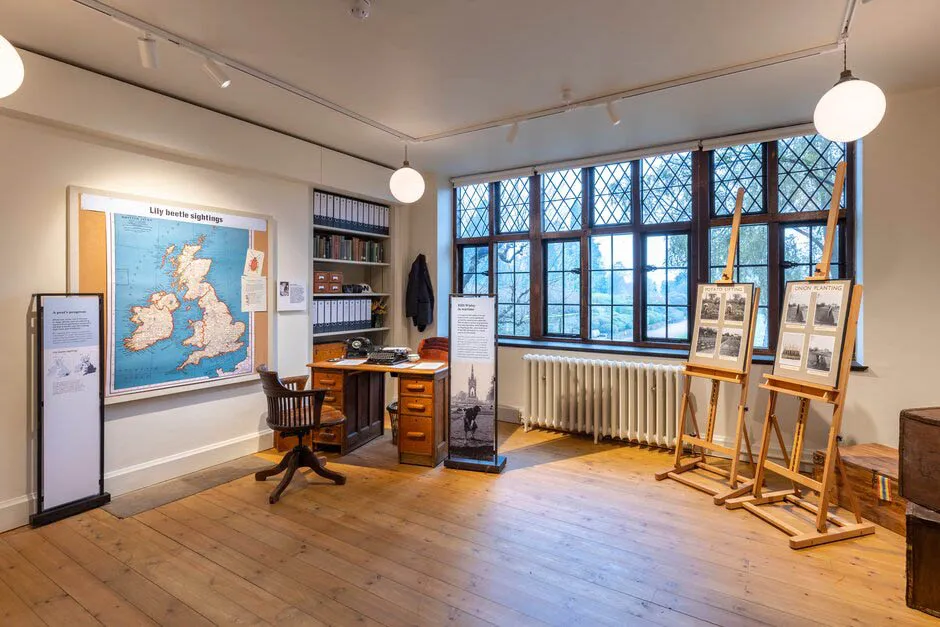
In a melding of heritage and horticulture, the building is now open for the public to explore. The large house was purpose built to look like a residential home as the base for the society’s science labs and student lecture theatres.
With the move of the science team to RHS Hilltop, the new, state of the art centre for gardening science and public learning at Wisley back in 2021, the house needed a new purpose. Following a grant from The National Lottery Heritage Fund and help from donors, funders and RHS members, the move opened up the opportunity for the libraries team to clear all the rooms, attics, cupboards and storage areas of their papers and equipment and discover more about the society’s history.
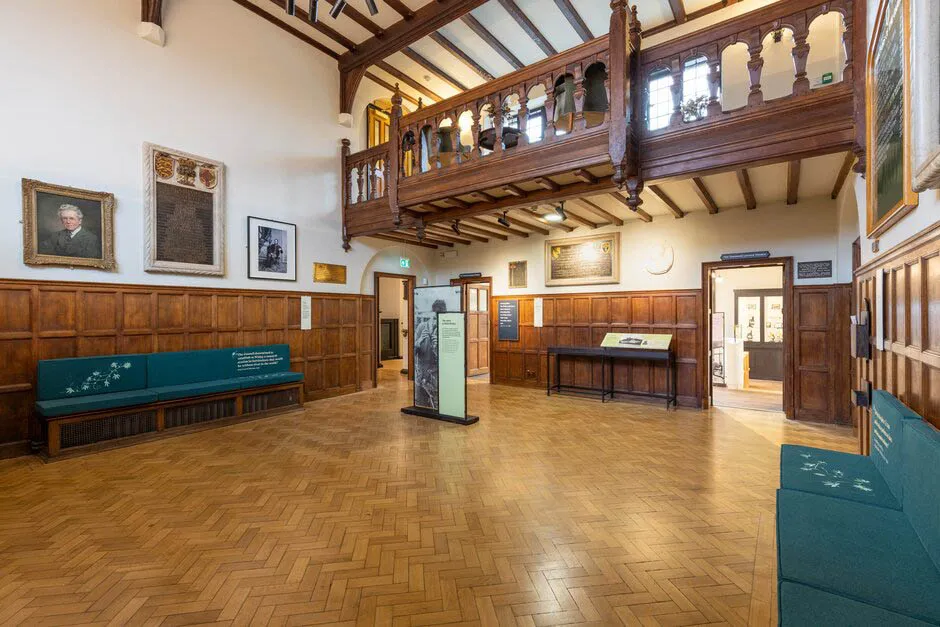
As Fiona explains, ‘The libraries team has searched through 4,000 found objects and 5,000 photos to tease out some of fascinating stories and personalities behind our horticultural heritage.” All their research has been meticulously recorded to present visitors with a theatrical, interactive and exhibition space that brings to life many of the hidden stories of Wisley’s past. It also brings to light how the learning and experimentation that has taken place within its walls has shaped gardens and how we garden in the UK and around the world today.
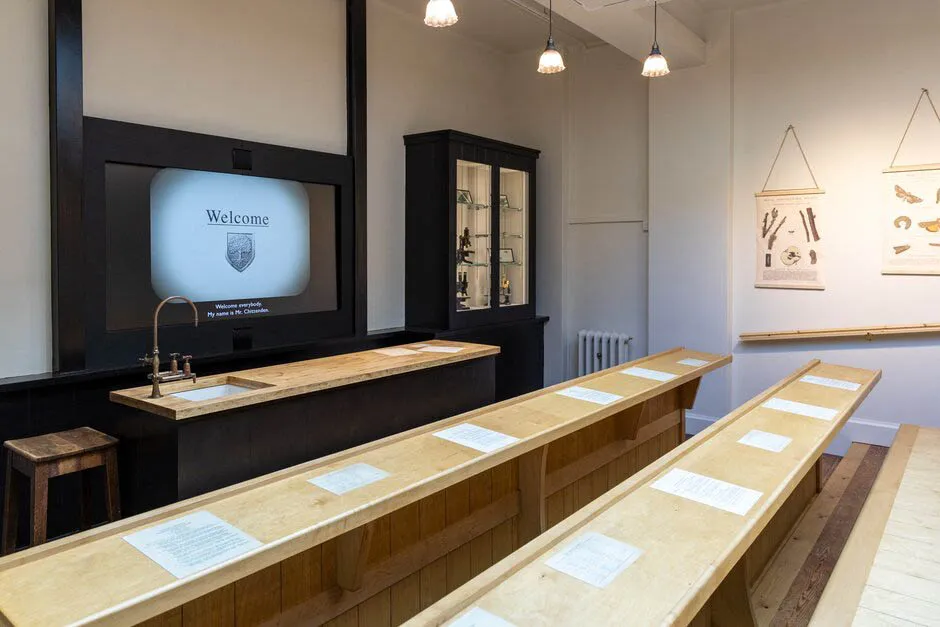
Visitors can see:
- The Townsend Lecture Theatre - a mock-up of a 1921 student classroom with microscopes, benches and a brass and mahogany magic lantern projector. Examples of timetables, exam questions and reveal just how hard the students worked – although they did get Sundays off!
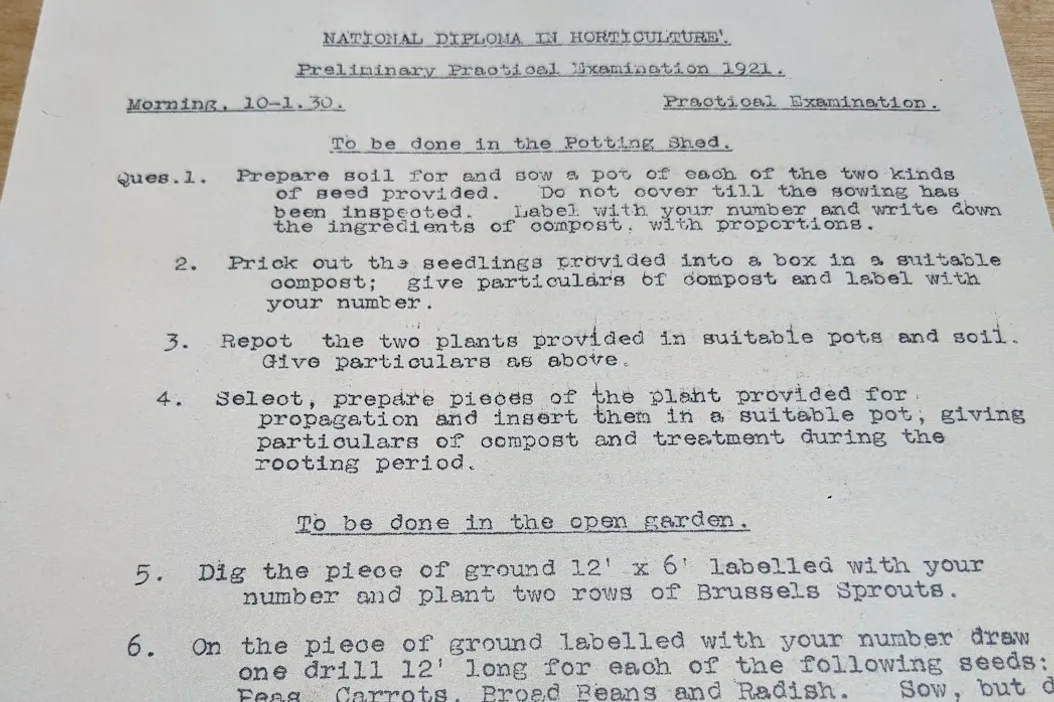
- The Advisory Room – set in war-time Britain and depicts a busy office humming with the sound of typewriters and featuring ‘Dig for Victory’ material, informed by the RHS. Did you know that the iconic Dig for Victory poster showing a foot and spade was photographed at Wisley with one of their gardeners as the staring booted foot?
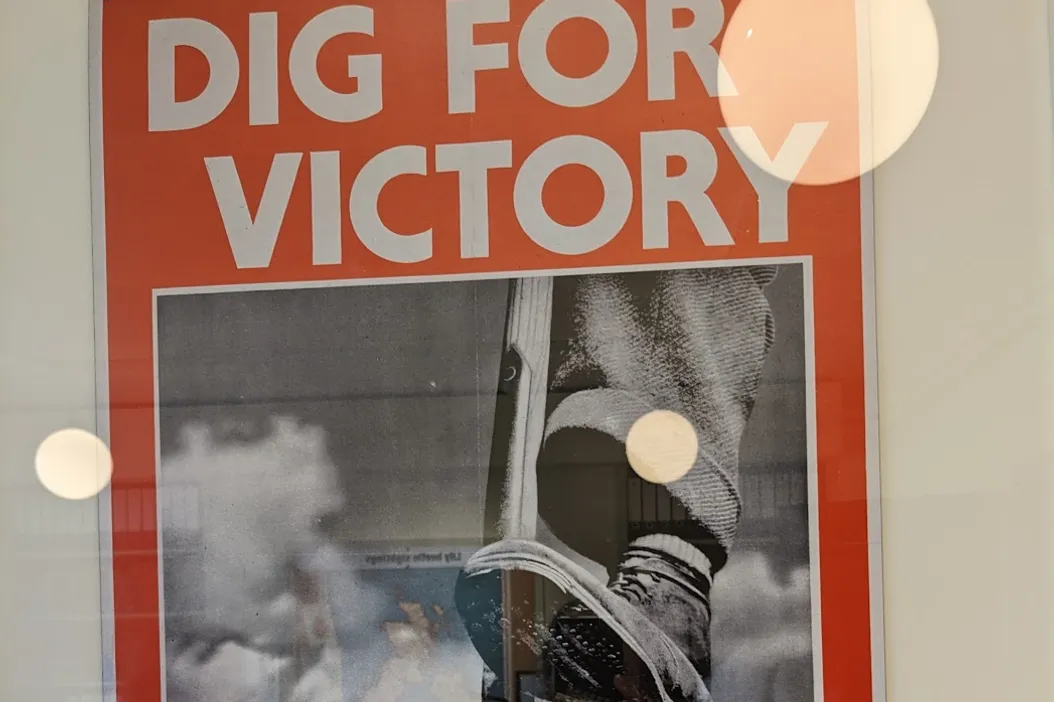
- The Wolfson Laboratory – explores many of the experiments conducted by students over the years, including pioneering female scientist, Dr Janaki Ammal who developed several hybrid crop species still grown today, including varieties of sugarcane. Here you can try your hand at chromosome manipulation, and experiment with the method of boiling daffodil bulbs to rid them of eelworms – a method trialled by RHS scientists. Their success saved the daffodil from decimation.
- Plant Collections – focusing on a 1962 expedition to Iran, and celebrating the role of indigenous communities and the global nature of UK garden plants. The RHS’s scientist would study and catalogue sent back to them from all over the word.
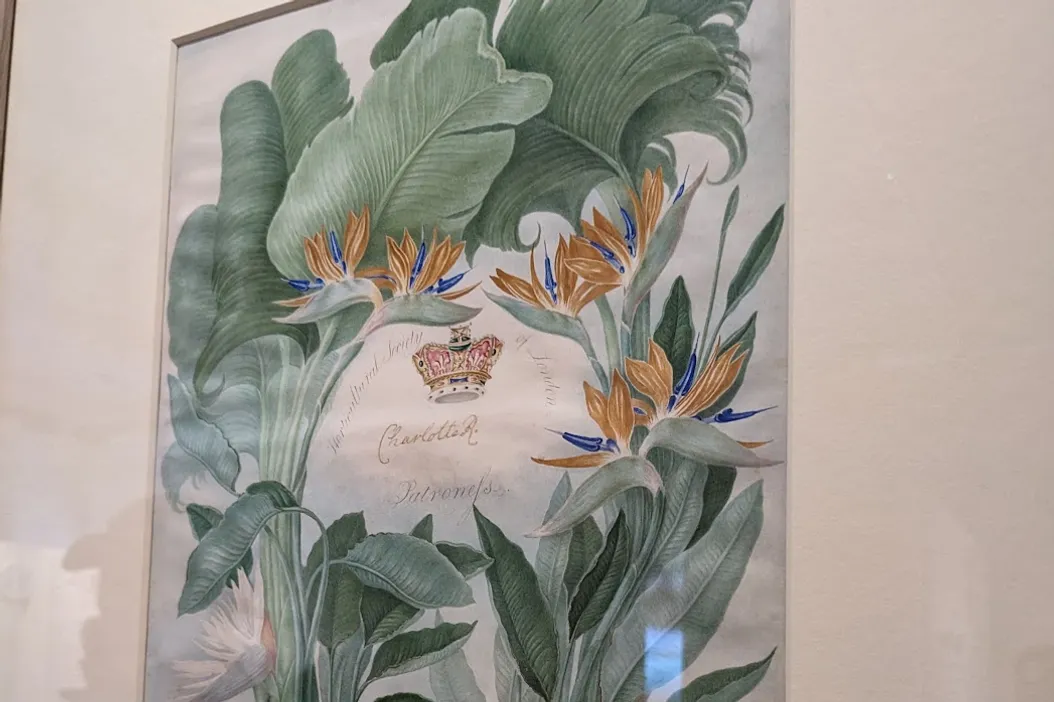
- A temporary exhibition featuring a stunning collection of exquisite watercolours signed by the charity’s royal patrons from the Society’s first royal patron Queen Charlotte (wife of King George III) – whose 1816 signature painting shows a bird of paradise flower, Strelitzia regina, named in her honour and painted by William Hooker, botanist and first director of The Royal Botanic Gardens, Kew – through to Queen Elizabeth II’s signature painting, which marked the Platinum Jubilee and was painted by artist Gillian Barlow. There’s also a copy of King Charles’s specially commissioned Highgrove Florilegium. A vast tome with exquisite botanical drawings documenting all the plants growing at HM’s garden at Highgrove.
Speaking of the melding of horticulture and heritage, Fiona Davison says: “The immersive and interactive displays shed light on how our gardens have evolved from formal Edwardian landscapes to more sustainably conscious spaces and the role the RHS has played in helping them to flourish.”
The restored ‘Old Laboratory’ opens to the public on 20 March, and can be toured as part of a visit to the RHS Wisley.
Advance booking is necessary. For more information visit rhs.org.uk/wisleylaboratory
